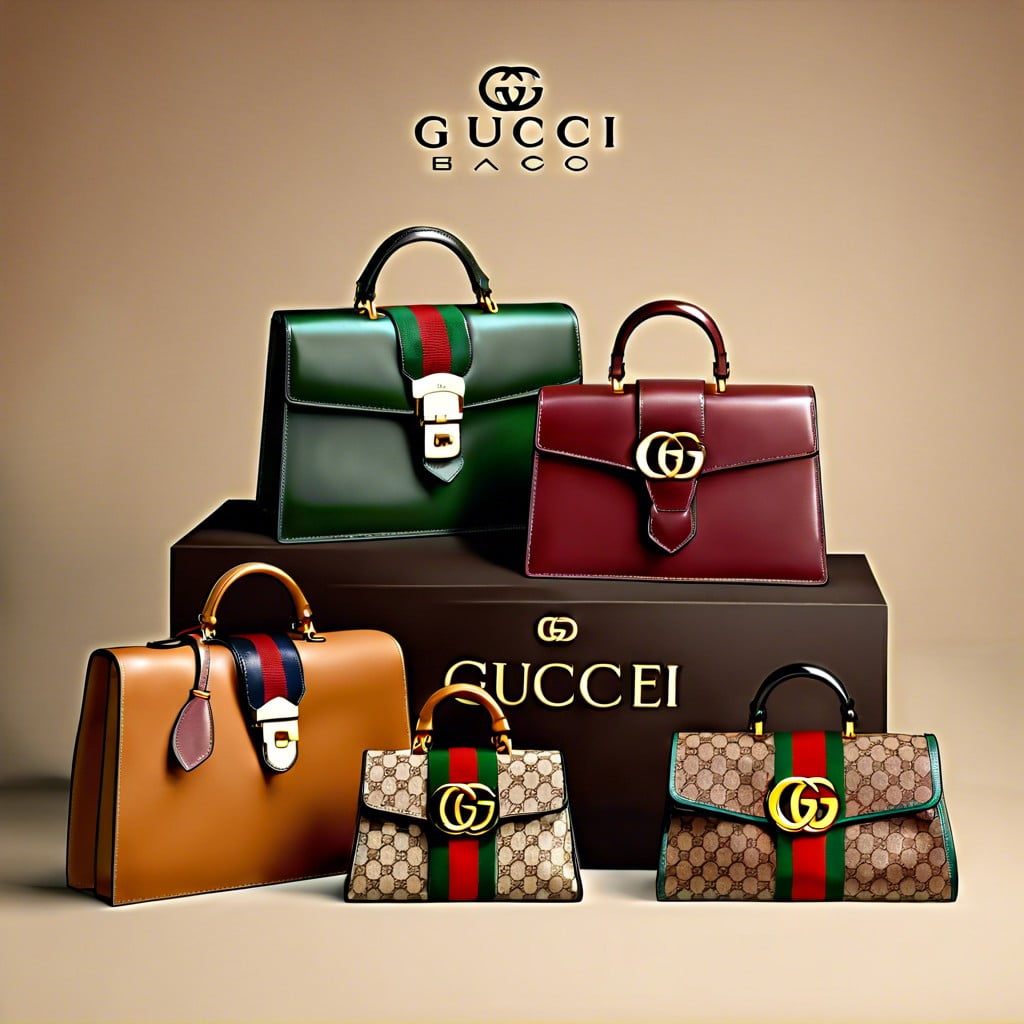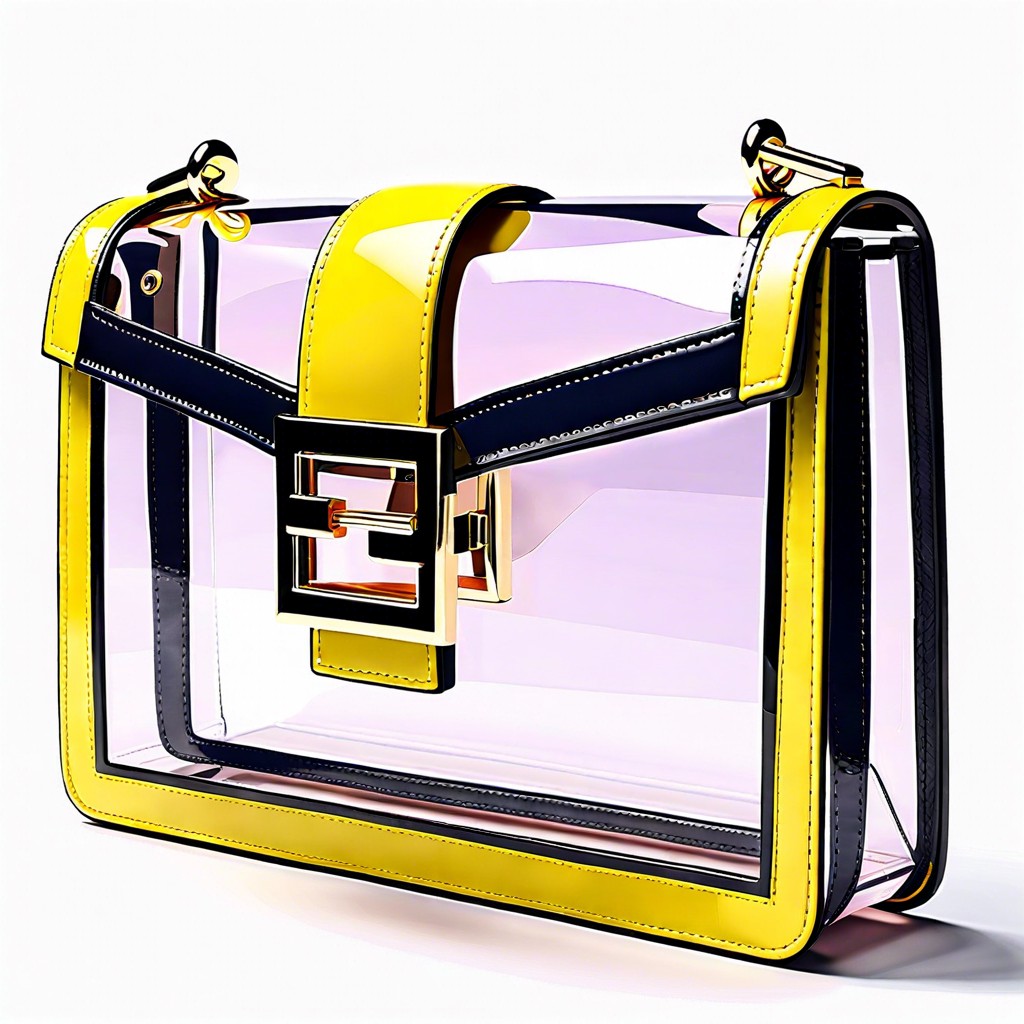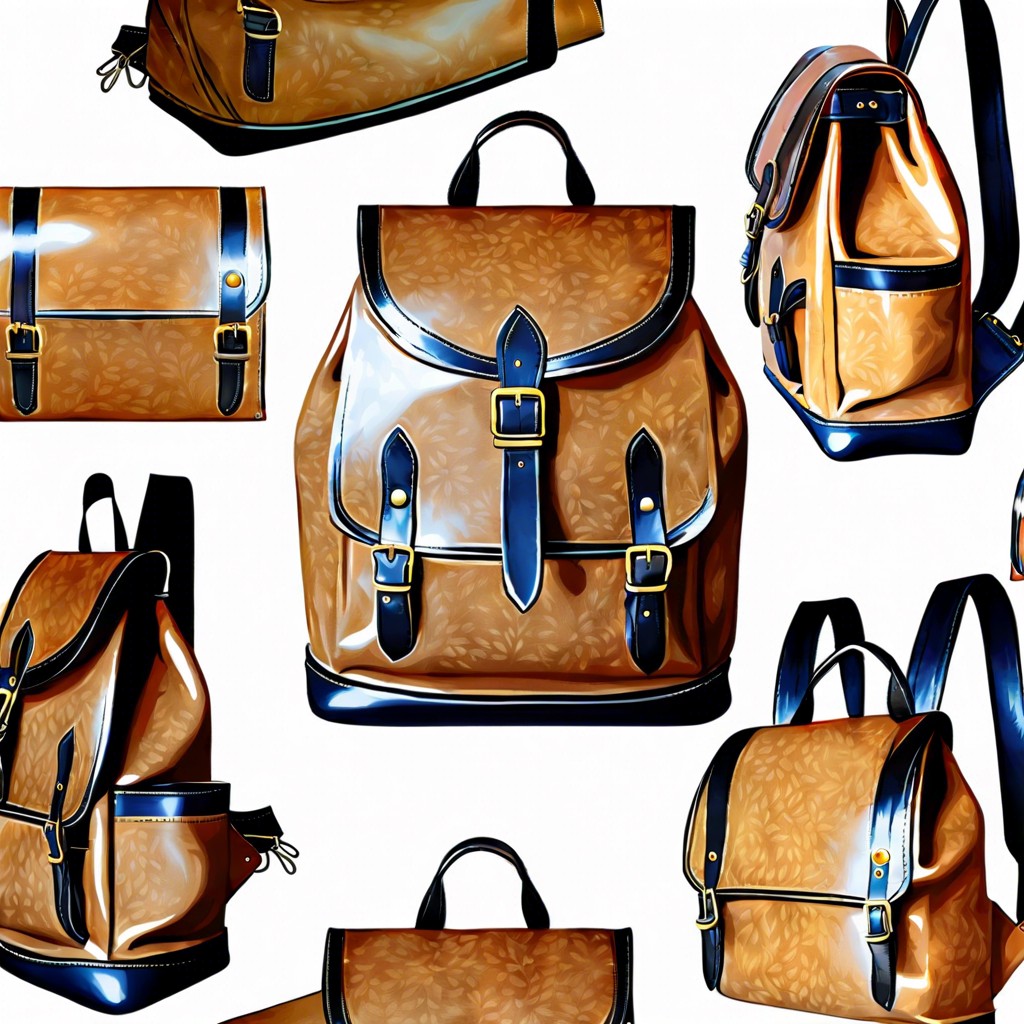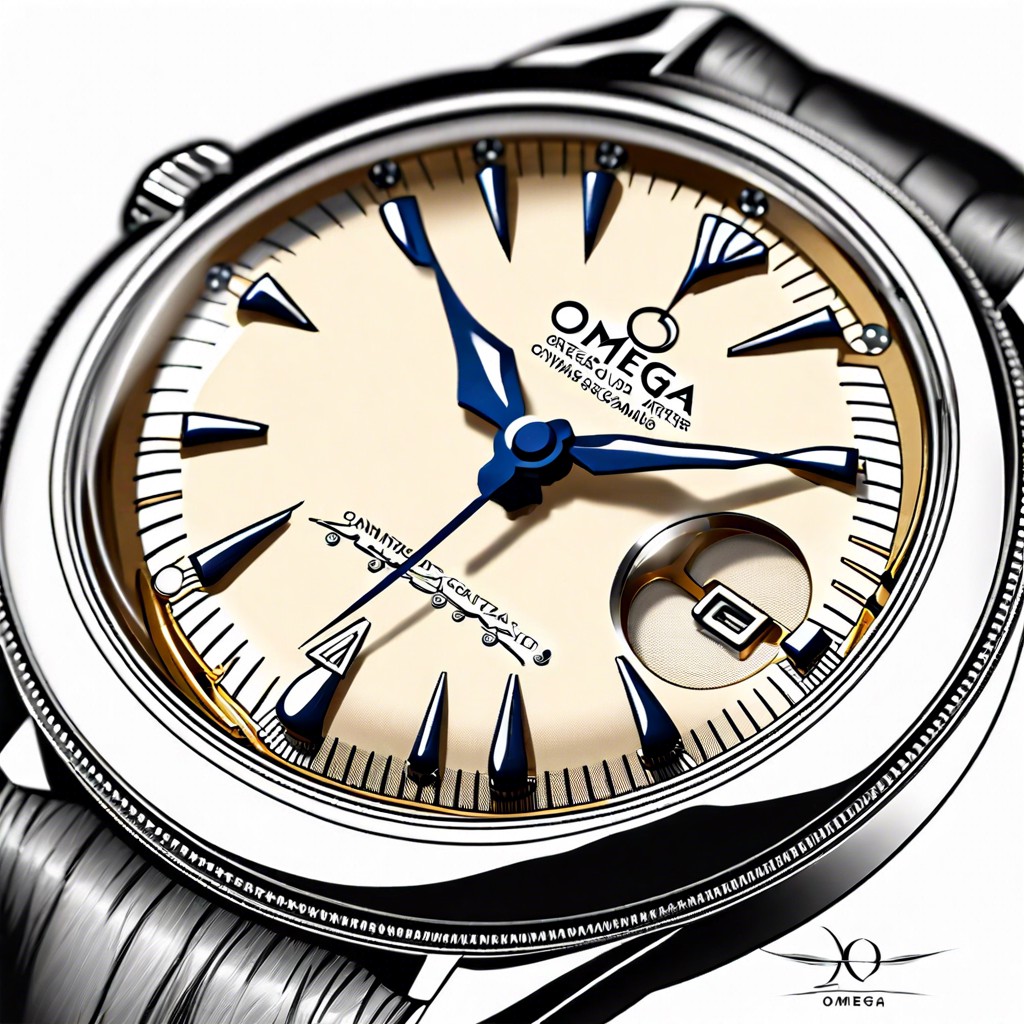Last updated on
Discover the key factors to consider when selecting a vintage Gucci bag to ensure authenticity and value.
Key takeaways:
- Authentic vintage Gucci bags have ‘Made in Italy’ stamp and serial numbers.
- Look for high-quality materials and impeccable stitching.
- Familiarize yourself with the evolution of the Gucci logo.
- Recognize iconic Gucci patterns like Bamboo, GG monogram, and Flora.
- Vintage Gucci bags can be a lucrative investment, especially limited edition and well-preserved pieces.
Historical Significance of Gucci

Founded in Florence in 1921, Gucci emerged as a producer of high-quality leather goods. Under the direction of Aldo Gucci, the founder’s son, the brand expanded internationally in the 1950s, cementing its reputation for luxury.
The label has always been synonymous with high society, patronized by celebrities and aristocracy. In the 1960s, the famous Jackie O shoulder bag became a status symbol, named after Jacqueline Kennedy Onassis, who favored the accessory.
Gucci responded to changing trends during the 70s with innovative materials, like patent leather and canvas, while the 90s saw a revolution under designer Tom Ford, revitalizing the brand.
Throughout its history, Gucci has maintained a legacy of fine craftsmanship and style that carries into its vintage items, reflecting socio-economic changes of their eras. Vintage Gucci bags embody the artisanship and glamour of bygone times, making them more than just accessories — they are pieces of history.
Identification of Vintage Gucci Bags

Recognizing genuine vintage Gucci bags requires attention to detail. Look for the ‘Made in Italy’ stamp, typically imprinted in clear, graceful font. Serial numbers, often found on a leather tag within the bag, provide further authentication. These are formatted in a sequence of two sets of numbers, with the top indicating the model number and the bottom showing the supplier code.
Materials matter; authentic vintage pieces boast high-quality leather, canvas, and metal hardware. Even wear and patina on leather can signal an aged piece, while overly pristine materials may raise questions about its vintage status.
Stitching should be impeccable; uneven or loose stitches are tell-tale signs of reproductions. Zippers can also be clues, with early vintage Gucci bags containing zippers from specific brands such as Lampo or Riri.
Knowledge of the brand’s logo evolution is crucial. The iconic interlocking ‘GG’ logo has undergone subtle changes over the decades, and familiarizing oneself with these variations can aid in dating the item.
Finally, examine the lining. Original vintage bags often feature high-quality linen or cotton, sometimes with a distinctive logo pattern. Deviations from these materials could point towards non-authentic items.
Iconic Vintage Gucci Patterns and Prints
The Bamboo print, introduced in the 1940s, is a hallmark of Gucci’s ingenuity, initially crafted as a response to wartime resource shortages. This motif captures an intersection of necessity and luxury, retaining its allure in the vintage market.
Gucci’s GG monogram canvas, an emblematic representation of the brand, emerged in the 1960s. This pattern interweaves founder Guccio Gucci’s initials into a distinctive diamond design, symbolizing both the heritage and craftsmanship of the house.
A testament to the brand’s equestrian heritage, the green-red-green Web stripe found its way onto bags. This tricolor strip pays homage to saddle girths, merging Gucci’s sporting origins with their leather goods.
The Gucci Flora print, designed for Princess Grace of Monaco in 1966, features a meticulous array of flowers and insects. It’s a timeless botanical motif signifying Gucci’s custom of bespoke elegance.
The Gucci Sherry Line, with its red and green stripes against a brown background, reflects the house’s knack for blending its own identity into accessible items, adding vibrancy to the vintage Gucci spectrum.
Signs of Authenticity in Vintage Gucci Bags
Inspecting the quality of materials is essential; genuine vintage Gucci bags feature high-quality leather or canvas. The stitching should be even, tight, and without loose threads.
Examining hardware on the bag provides further clues. Authentic pieces often have heavy, solid metal hardware that may bear the Gucci name or logo. Over time, the hardware might show signs of aging, but it should not flake or discolor unevenly.
The label or stamp inside the bag is another point of verification. Vintage Gucci items will usually have an embossed or stamped logo that includes “Made in Italy.” The font should be consistent with the brand’s used during the bag’s purported era.
Serial numbers are a definitive feature of authenticity. Originally, Gucci used a simple numeric system. Later, they introduced a more complex serial number format that may denote the style and production year.
Lastly, cross-reference the bag with historical Gucci catalogues or trusted archives, as this can confirm its validity and period of manufacture.
Investment Potential of Vintage Gucci Bags
Vintage Gucci bags often hold their value and can even appreciate over time, making them a potentially lucrative investment. The condition of the bag plays a significant role in its value; bags in excellent shape with minimal wear are more sought after. Limited edition releases and rare finds, such as those from the Tom Ford era, can demand higher prices in the resale market.
Provenance can enhance a bag’s investment potential. A well-documented history or connection to a notable personality can increase desirability. The resale value is also impacted by market trends and the fashion industry’s cyclical nature. Iconic pieces that are representative of the brand’s heritage, such as the Bamboo and the Jackie bags, are typically more stable investments.
Stay informed about the vintage luxury market to make educated decisions. Quality vintage Gucci bags that are well-maintained and purchased at a reasonable price can prove to be a smart addition to an investment portfolio.




